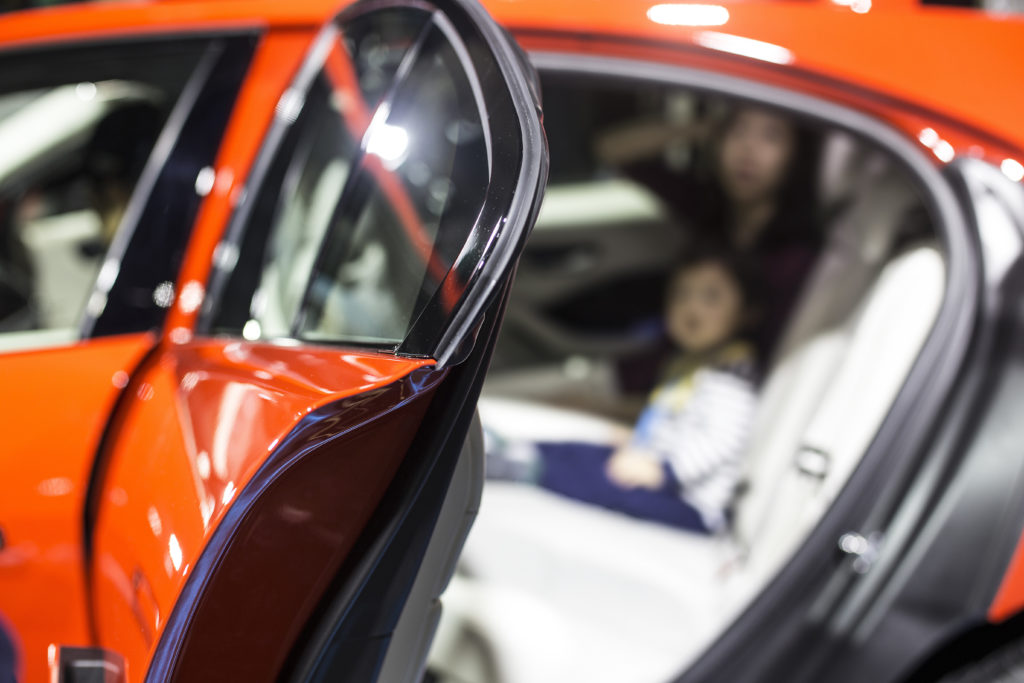DuPont Transportation & Industrial and ExxonMobil Chemical have announced the results of their successful collaboration to develop new Santoprene thermoplastic vulcanisates (TPV) for automotive corner mould seals. By replacing traditional organic slip additives with DuPont’s engineered silicone-based additives, the two companies formulated a next-generation Santoprene TPV platform with improved bonding to EPDM substrates and a lower coefficient of friction (COF) for the easy opening and closing of doors and windows. The Santoprene TPV B260 family of products also delivers improved flow properties, abrasion resistance and ultraviolet (UV) light stability said the companies in a statement.

“Our successful collaboration with ExxonMobil Chemical has achieved much more than cutting-edge TPV products,” said Christophe Paulo, marketing manager, DuPont. “It has also laid the foundation for future projects that take advantage of the unique attributes of our silicone technologies to solve industry challenges and deliver a better consumer experience.”
To address customer needs for improved corner mould seals, ExxonMobil Chemical sought to enhance the bonding of Santoprene TPV to EDPM rubber while increasing its sliding performance. However, reducing COF to increase sliding performance can negatively impact bonding. The company collaborated with DuPont to explore the use of its silicone-based additives, which promised to surpass the organic additives ExxonMobil had been incorporating.
The DuPont development team found that synergies between a lower molecular weight silicone polymer and an ultra-high molecular weight silicone polymer delivered the low COF ExxonMobil Chemical was looking for. While delivering better sliding properties than the organic additives, the silicone technology enhanced bonding performance to dense EPDM rubber – a critical factor in overmoulding. Further, it enabled higher flow for improved processing ease and throughput, better abrasion resistance to protect against damage from slammed doors and improved UV stability to help prevent cracking and discoloration.
